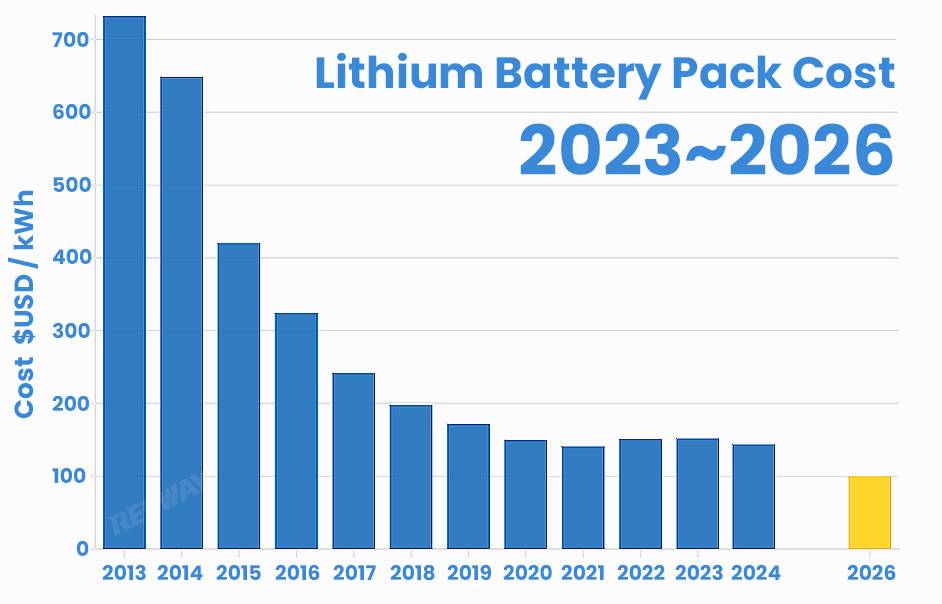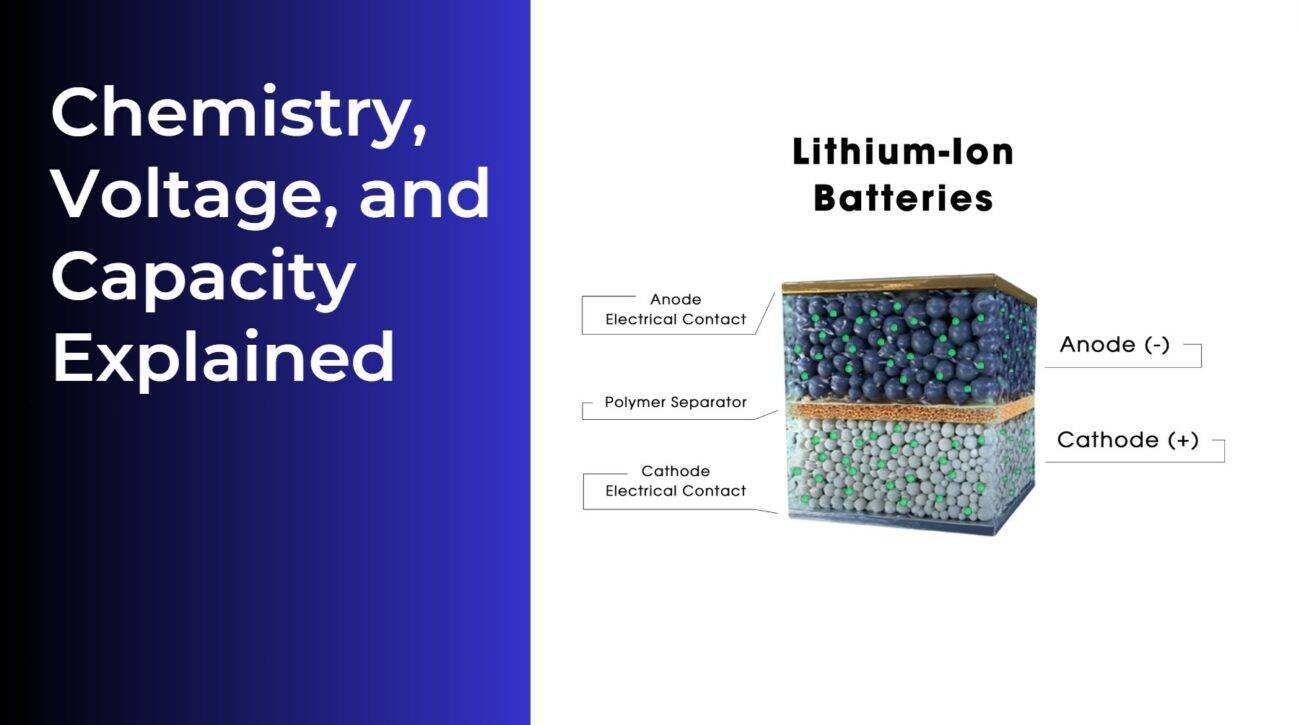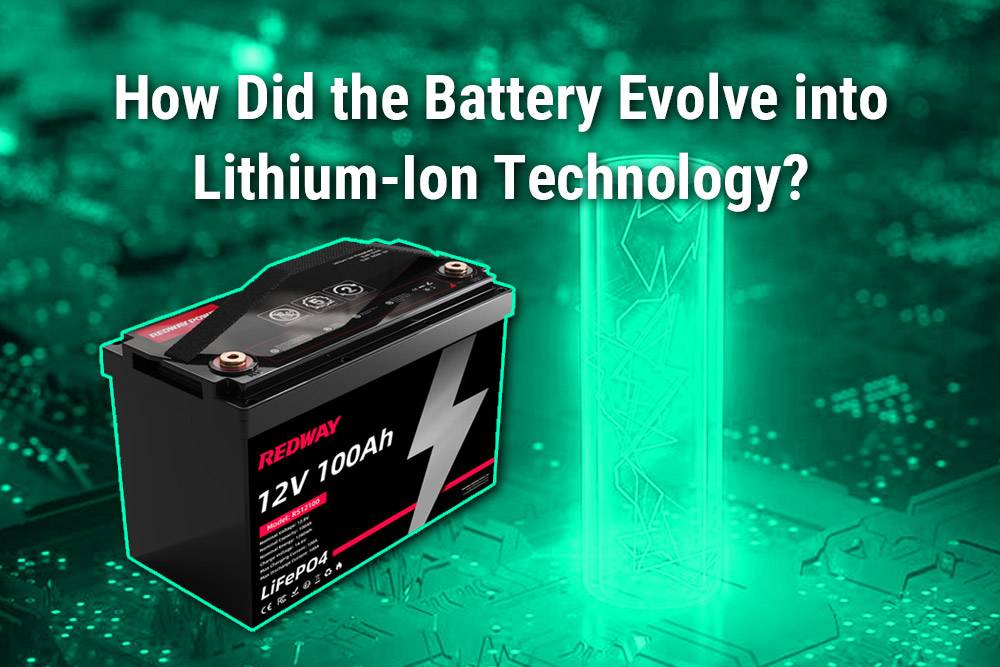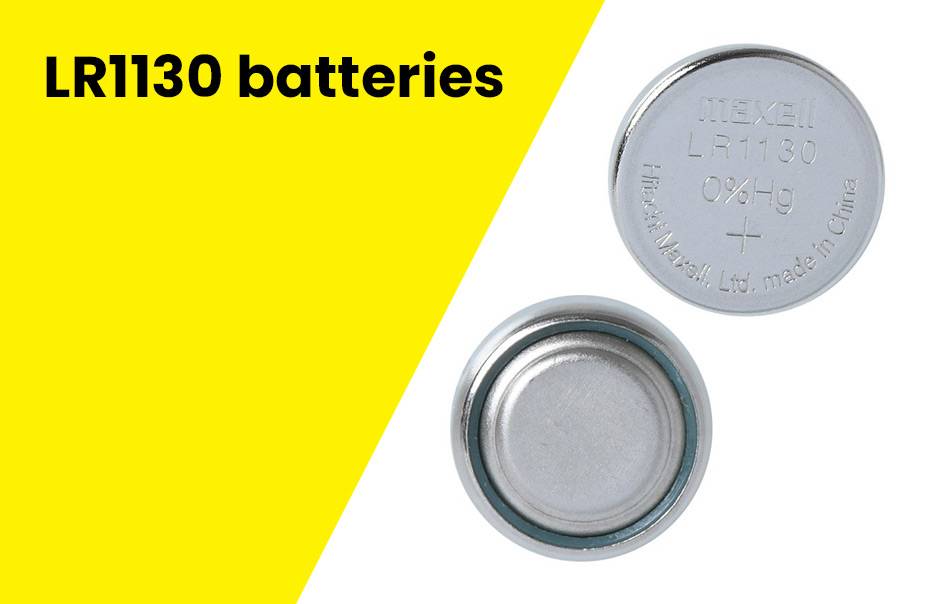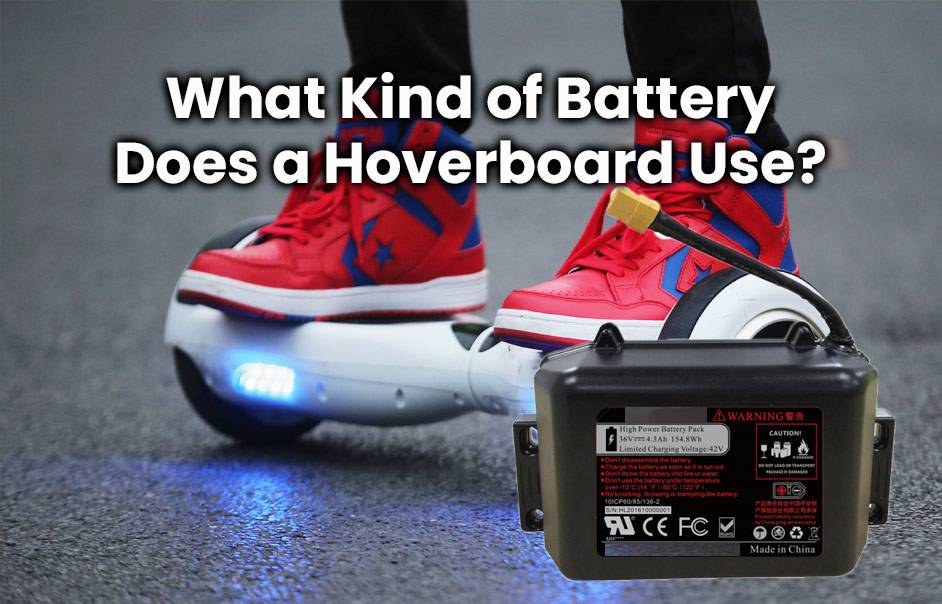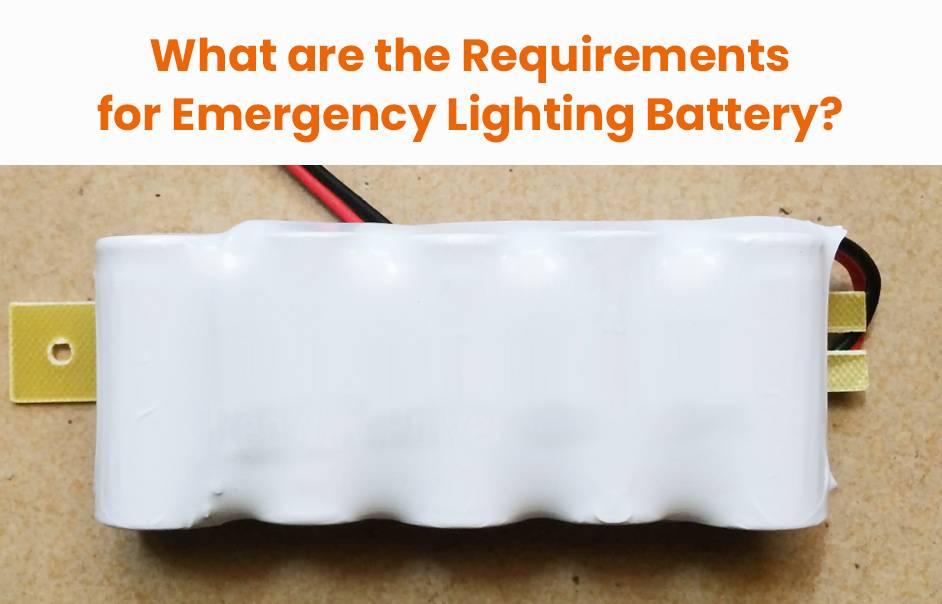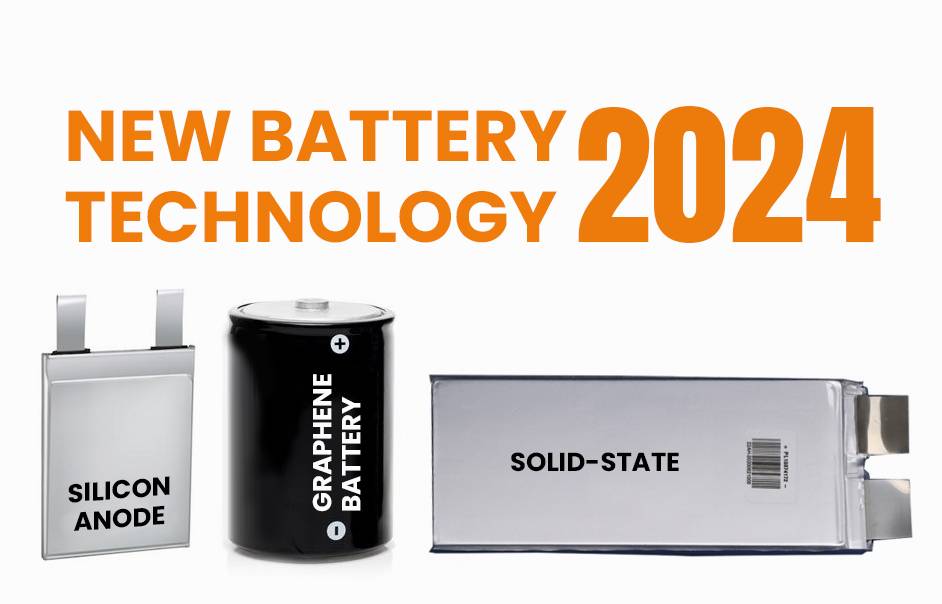Lithium-ion batteries, prevalent in smartphones to electric cars, raise questions about their production costs and future projections. This blog delves into the current expense of manufacturing lithium-ion battery packs and anticipates the costs in 2025. Additionally, it explores the recycling process for these batteries once they reach the end of their lifespan. Join us as we uncover the intricacies of lithium-ion battery costs!
What is a lithium ion battery pack?
A lithium-ion battery pack is a rechargeable energy storage system that utilizes lithium-ion technology. It consists of multiple cells, each housing an electrolyte solution and electrodes like graphite or cobalt oxide. During charging, lithium ions travel from the cathode to the anode, generating an electron flow. Upon discharge, this process reverses, releasing stored electrical energy.
Lithium-ion batteries boast a notable advantage in their high energy density, allowing them to store more energy in compact spaces, making them ideal for portable devices like smartphones. However, these batteries come with drawbacks, including their relatively higher cost compared to other types. Improper disposal post-use can lead to environmental issues due to potential toxicity.
How much does a lithium ion battery pack cost?
Lithium-ion battery pack costs vary based on factors like size, capacity, and materials. Small packs range from $50 to $150, while larger ones can be $500 to over $10,000. Prices also differ for electric vehicle manufacturers compared to individual buyers. Forecasts suggest decreasing costs by 2025 due to technological advancements and increased competition, highlighting the pivotal role these batteries play across industries.
What is the cost of lithium ion battery 2024?
The cost of lithium-ion batteries is on a downward trend, making it more accessible. In 2024, advancements in technology and growing demand are expected to drive costs even lower. Factors include increased production volume, economies of scale, R&D improvements, and global initiatives promoting renewable energy. Despite potential challenges, experts foresee reduced costs by 2024, fostering wider adoption of electric vehicles and clean-energy applications.

How to recycle lithium ion batteries
Recycling lithium-ion batteries is vital for the environment and the economy, as these batteries hold valuable metals that can be reused, lessening the need for new mining. Here’s a simplified guide to the process.
- Discharging the Battery:
- Fully discharge the lithium-ion battery by using the device until it runs out of power or with a specialized tool.
- Careful Disassembly:
- Disassemble the battery carefully to avoid damage, separating components into categories like metal casings, electrodes, and electrolytes.
- Valuable Materials Extraction:
- Extract sought-after materials like cobalt, nickel, copper, and aluminum through recycling, contributing to manufacturing needs.
- Avoiding Hazards:
- Dispose of used batteries responsibly to prevent hazards like fire risks and air pollution from toxins.
- Recycling Options:
- Utilize local schemes or manufacturer programs for recycling, including special bins or direct returns, often free of charge.
Conclusion: Recycling lithium-ion batteries is a critical responsibility for a sustainable future while enjoying modern conveniences. Let’s all contribute to a healthier planet.

Conclusion
The popularity of lithium-ion batteries, used in devices from smartphones to electric vehicles, has led to decreased costs due to technological advancements. Anticipating exponential demand by 2024, innovations may further lower costs and enhance performance. Proper disposal and recycling are crucial to prevent environmental harm, emphasizing the need for efficient recycling methods. Balancing cost efficiency and environmental impact, investing in lithium-ion technology proves promising for individuals and businesses.
FAQs
Why choose LiFePO4 over traditional lithium-ion batteries?
How does Ionic Deep Cycle compare to lead-acid Ah ratings?
What advantages do Ionic Deep Cycle Batteries offer?
Why select Ionic lithium-ion Deep Cycle batteries?
More MOQs
How much does a lithium-ion battery cost?
The cost of a lithium-ion battery varies depending on factors such as size, capacity, quality, and market conditions. As of recent years, the cost per kilowatt-hour (kWh) for lithium-ion batteries has been steadily decreasing due to advancements in technology, economies of scale, and increased competition in the market.
What is the cost of a lithium-ion battery in an EV?
The cost of a lithium-ion battery in an electric vehicle (EV) constitutes a significant portion of the vehicle’s overall cost. On average, the battery pack accounts for around 20% to 40% of the total cost of an EV, depending on factors such as battery size, energy capacity, and vehicle model.
Are lithium battery prices dropping?
Yes, lithium battery prices have been steadily declining in recent years due to various factors such as technological advancements, economies of scale, and increased competition among battery manufacturers. This trend is expected to continue as battery technology improves and production processes become more efficient.
What is the future price of lithium?
The future price of lithium depends on factors such as demand from industries like electric vehicles and energy storage, supply dynamics, technological advancements, and government policies. While short-term fluctuations may occur, the long-term trend for lithium prices is influenced by these factors and is subject to change.
What is the lithium forecast for 2025?
Forecasts for lithium prices in 2025 vary depending on market conditions, demand projections, and supply dynamics. While some analysts predict stable or moderately increasing prices due to growing demand for electric vehicles and energy storage, others anticipate price fluctuations influenced by factors such as new production capacity and technological advancements.
What is the most expensive part of a lithium-ion battery?
The most expensive part of a lithium-ion battery is typically the battery cells themselves, which account for a significant portion of the total cost. Other factors contributing to the cost include the battery management system (BMS), thermal management components, housing, and assembly.
Are lithium-ion batteries getting cheaper?
Yes, lithium-ion batteries are getting cheaper over time due to advancements in technology, economies of scale, and increased production efficiency. As demand for electric vehicles and energy storage systems grows, manufacturers are investing in research and development to reduce costs and improve performance.
Why are lithium batteries so expensive right now?
Lithium batteries can be expensive due to several factors, including the cost of raw materials such as lithium, cobalt, and nickel, as well as manufacturing processes, quality control standards, and market demand. Additionally, fluctuations in commodity prices and supply chain disruptions can impact the cost of lithium batteries. However, ongoing technological advancements and increased production capacity are helping to reduce costs over time.

